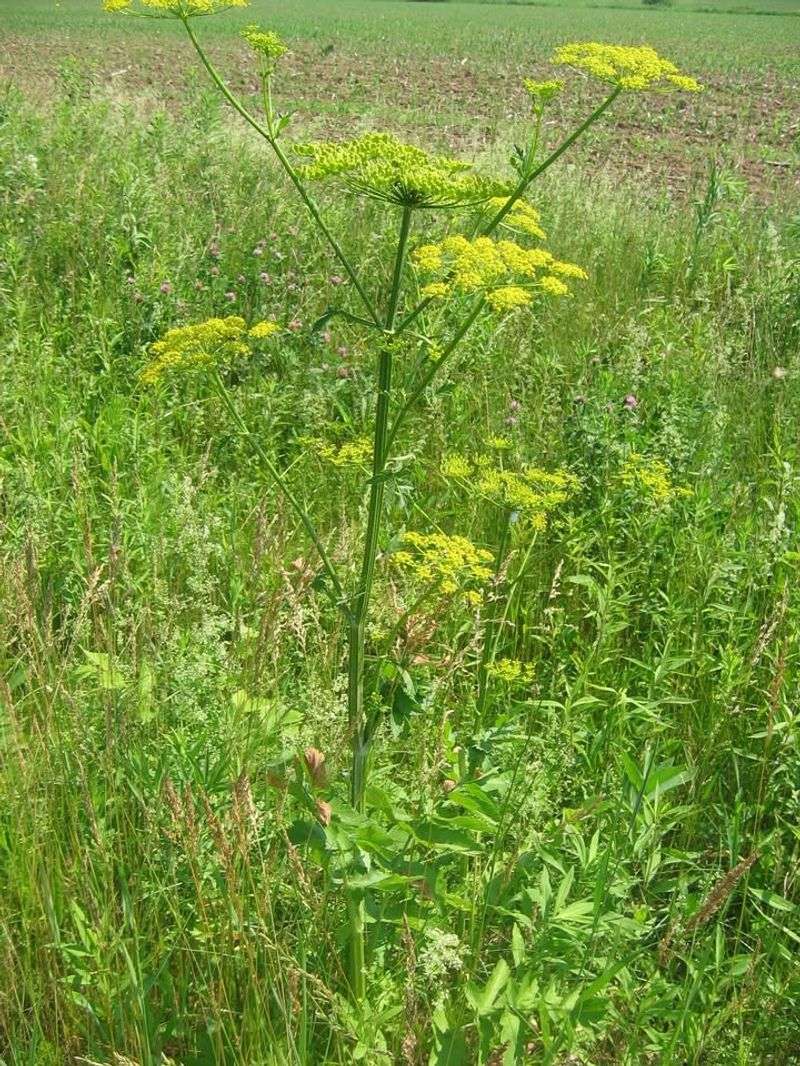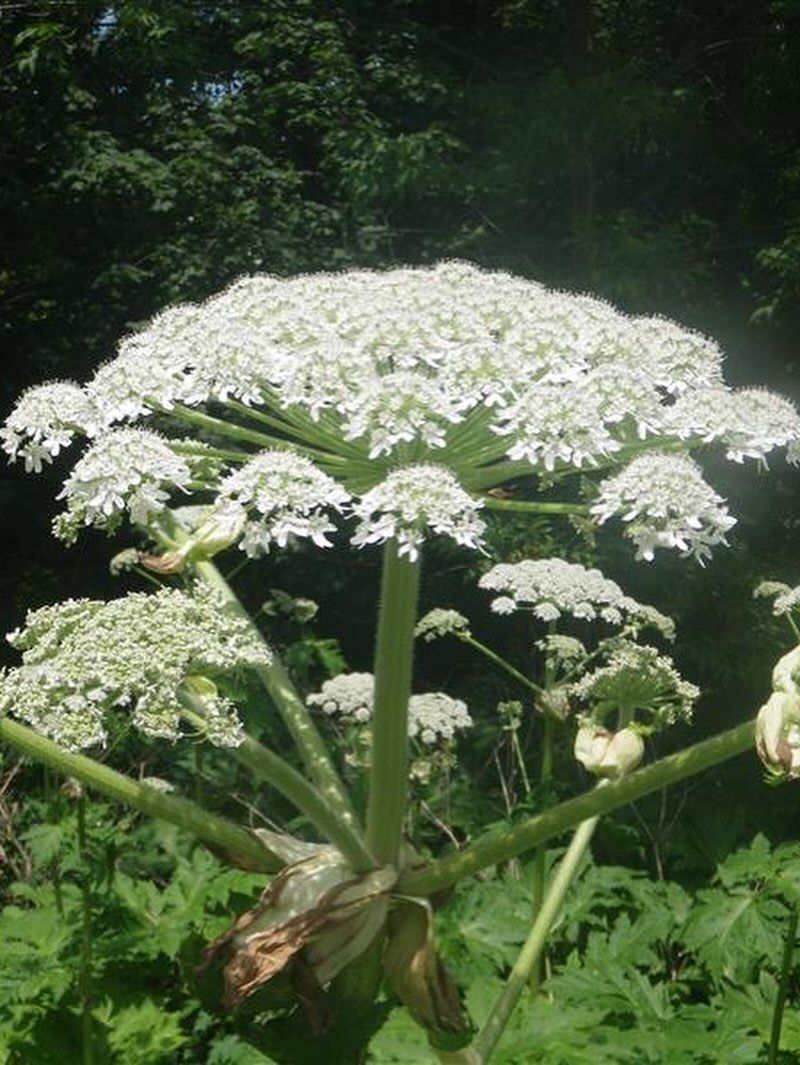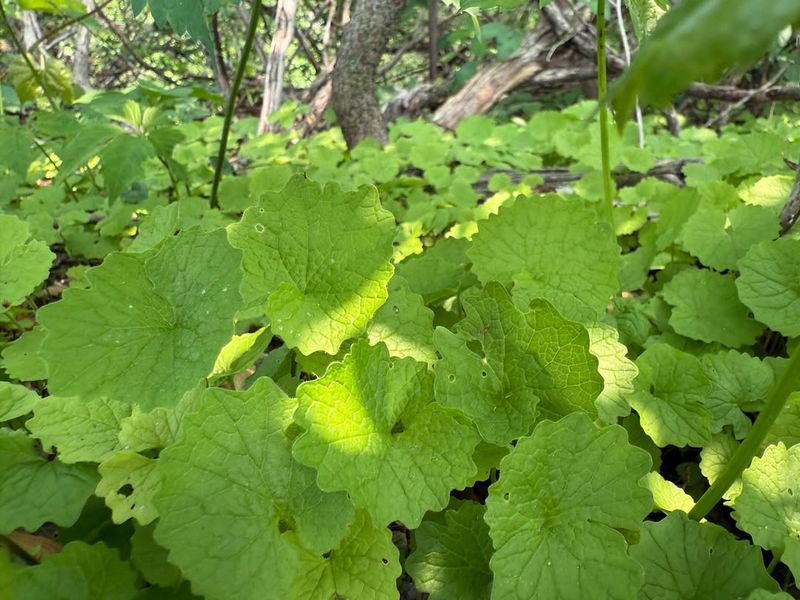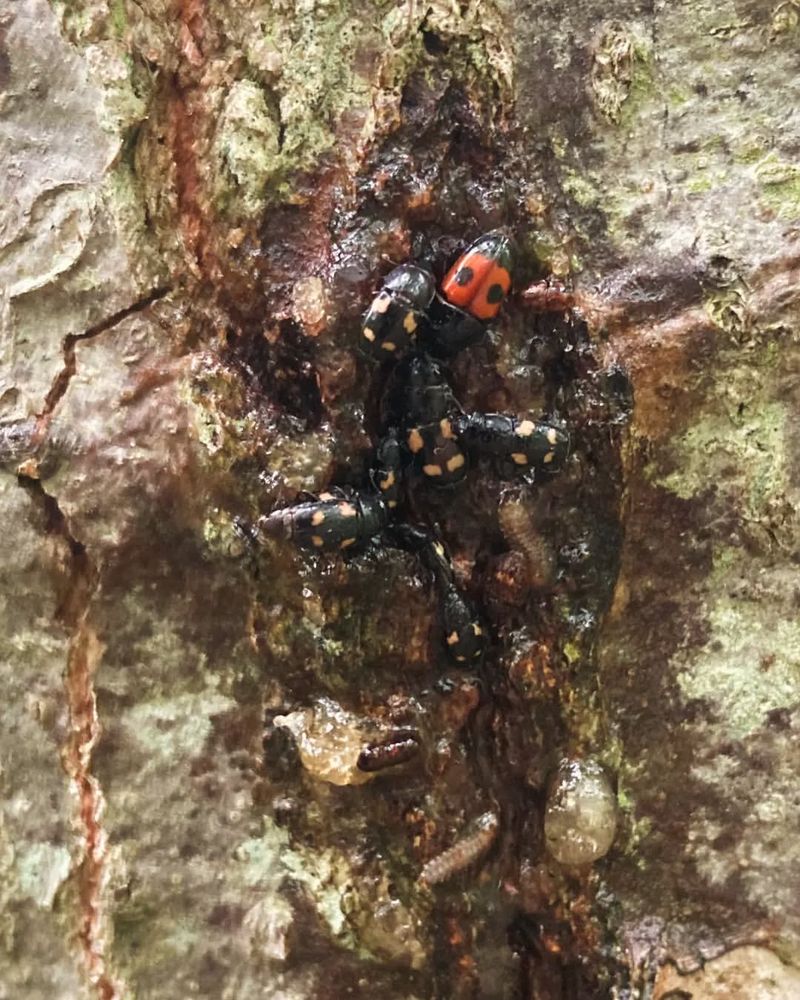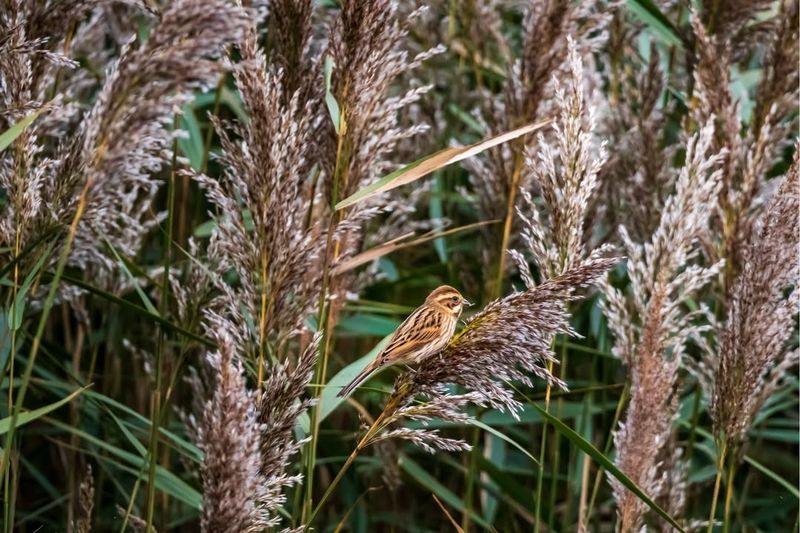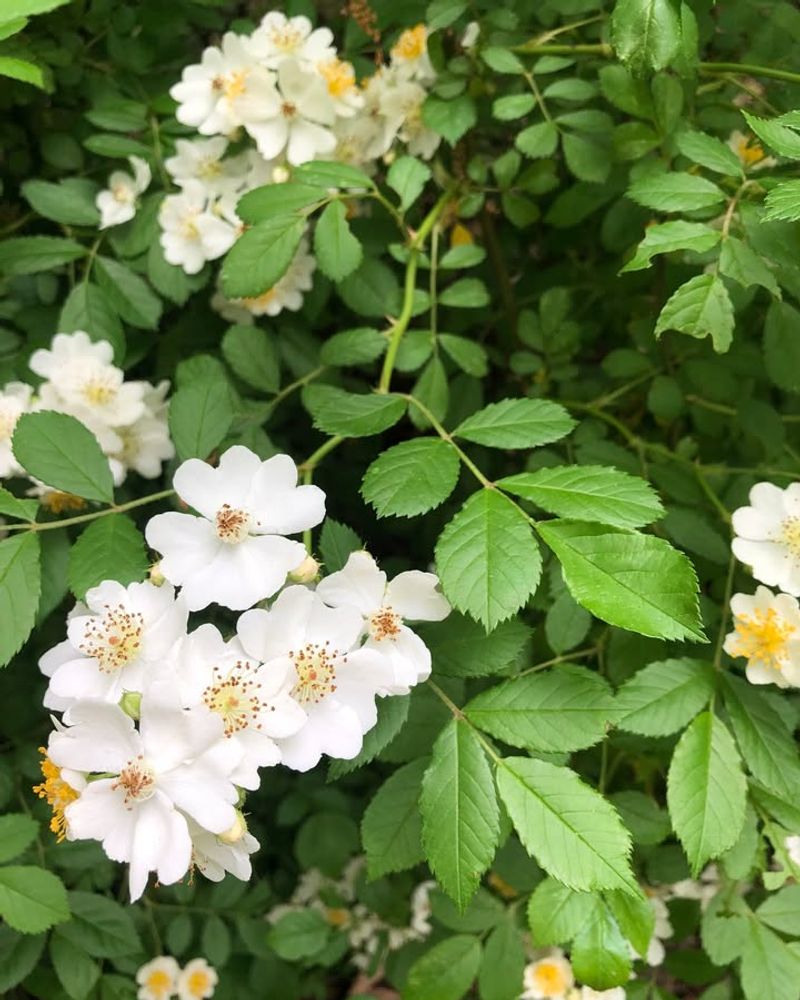Did you know that moving certain plants across county lines in Wisconsin could land you in hot water? State regulations exist to prevent the spread of invasive species and plant diseases that threaten local ecosystems and agriculture.
Understanding which plants are restricted helps you stay compliant while protecting Wisconsin’s natural beauty and farming communities.
1. Wild Parsnip
Moving wild parsnip across Wisconsin county boundaries is strictly forbidden because of its aggressive spreading habits. This invasive plant produces sap that causes severe skin burns when exposed to sunlight, making it dangerous for humans and animals alike.
Farmers and landowners work hard to control wild parsnip populations. Transporting it accidentally on equipment or in soil can undo years of management efforts in neighboring counties.
Always inspect plants and soil before crossing county lines to avoid accidentally spreading this harmful species throughout Wisconsin communities.
2. Japanese Knotweed
Once someone plants Japanese knotweed, it becomes nearly impossible to remove. Root fragments smaller than your thumbnail can sprout new colonies, which is why Wisconsin prohibits moving it between counties.
This plant damages building foundations, sidewalks, and riverbanks with its powerful underground growth system. Counties that have successfully controlled it need protection from reintroduction through careless transport.
Check your vehicle, tools, and plant materials carefully before traveling across Wisconsin county borders to prevent accidental spread of this destructive invader.
3. Giant Hogweed
Standing up to 15 feet tall, giant hogweed looks impressive but poses serious health risks. Its toxic sap causes painful blisters and permanent scarring, earning it a spot on Wisconsin’s prohibited transport list.
Environmental officials track every known giant hogweed location in Wisconsin. Moving even a single seed head could establish new populations in counties that are currently hogweed-free.
Report any sightings to local authorities immediately, and never attempt to move or transplant this dangerous plant across county boundaries within the state.
4. Purple Loosestrife
Beautiful purple flowers might catch your eye, but purple loosestrife destroys Wisconsin wetlands by crowding out native plants that wildlife depends on. Each plant produces millions of seeds annually, making containment difficult.
Waterfowl and other wetland creatures lose essential food sources when purple loosestrife takes over their habitat. Counties with successful eradication programs need protection from reintroduction through plant transport.
Garden centers sometimes sell similar-looking native alternatives. Always verify plant identification before purchasing, and never move purple loosestrife across Wisconsin county lines under any circumstances.
5. Garlic Mustard
Forests throughout Wisconsin suffer when garlic mustard invades. This biennial herb releases chemicals that prevent native wildflowers from growing, fundamentally altering woodland ecosystems.
One plant produces thousands of seeds that remain viable in soil for years. Moving contaminated soil, mulch, or plants across county lines spreads this forest invader to new areas.
Spring wildflower displays disappear where garlic mustard dominates. Wisconsin counties invest heavily in control programs, making transport restrictions essential for protecting remaining healthy forests and preserving native plant diversity.
6. Emerald Ash Borer Host Trees
Wisconsin restricts moving ash trees and firewood between counties because emerald ash borers hide inside the wood. These beetles have destroyed millions of ash trees across the state, causing enormous economic and environmental losses.
Firewood transport represents the primary way these pests spread to new areas. Even seasoned wood can harbor dormant beetles ready to emerge and infest local trees.
Always buy firewood locally and burn it where you purchase it to protect Wisconsin’s remaining ash populations from further devastation.
7. Oak Wilt Infected Material
Oak wilt spreads through interconnected root systems and beetle-carried spores, making infected wood extremely dangerous to transport. Wisconsin’s oak forests face serious threats from this fungal disease.
Counties implement expensive containment measures including trenching around infected trees. Moving diseased oak wood across county boundaries can introduce oak wilt to previously unaffected areas.
Prune oak trees only during dormant winter months, and never transport fresh oak wood or branches between Wisconsin counties without proper treatment and certification from forestry officials.
8. Spotted Knapweed
Ranchers and farmers consider spotted knapweed a serious agricultural pest. This invasive plant produces chemicals that poison surrounding vegetation, allowing it to dominate pastures and reduce forage quality for livestock throughout Wisconsin.
Seeds cling to clothing, equipment, and animal fur, making accidental transport easy. Counties with active control programs prohibit bringing in contaminated materials from neighboring areas.
Clean boots, vehicles, and equipment thoroughly before crossing county lines to prevent spreading spotted knapweed seeds to new Wisconsin locations.
9. Phragmites (Common Reed)
Towering stands of phragmites choke out diverse wetland plant communities across Wisconsin. This aggressive reed spreads through underground stems and windblown seeds, quickly dominating shorelines and wet areas.
Native phragmites exist in Wisconsin, but the invasive European variety causes problems. Both look similar, making proper identification crucial before any plant removal or transport decisions.
Wetland restoration projects invest thousands of dollars controlling phragmites. Never move plant materials containing phragmites across Wisconsin county boundaries to protect restoration efforts.
10. Multiflora Rose
Farmers once planted multiflora rose as living fences, but this shrub quickly became a nightmare. Dense, thorny thickets swallow pastures and woodland edges throughout Wisconsin, making land unusable for agriculture or recreation.
Birds eat the rose hips and spread seeds across vast distances. Each plant produces hundreds of thousands of seeds annually, ensuring rapid colonization of new areas.
Wisconsin counties work cooperatively on eradication programs. Transporting multiflora rose plants or contaminated soil across county lines undermines these efforts and faces legal penalties.


